If you work in specialty coffee and want to get better at your job, you should be cupping coffees on the regular. But depending on your role in the industry, how you approach cupping and what you get out of it could differ significantly from role to role. Essentially, a roaster has different goals in mind versus someone who works in quality control, who, in turn, is likely focusing on different aspects of flavor than a barista.
Of course, we’re talking about cupping in the context of specific job roles and not tasting coffees just to taste, which you can and should do (because, you know, it’s fun).
In this blogpost, we’re going to take a look at 3 roles, barista, roaster and educator/trainer, to better understand how cupping can be used as a tool to improve your coffee skillset and, if you happen to work in one of these areas, make you better at your job.
Barista
If you’re a barista, one of the most common questions you probably get asked - apart from “What’s the wifi password?” or “What’s the difference between a cappuccino and a latte? or “Is this croissant gluten free?” - is “What does this coffee taste like?” If your answer tends to be something along the lines of “sorta chocolatey, maybe a little nutty but kind of tastes like, I don't know, peaches?” you’ve got some palate training to do.

Now, we’re not saying that you should be able to rattle off a description that sounds like it came from a 3-star Michelin rated restaurant, but as the most guest-facing role in coffee, you should be thoroughly knowledgeable about the coffees you’re serving.
Cupping coffees is the best way to train and expand your palate [link to why cup coffees blog], and as a barista, your main focus should be improving your ability to accurately profile a coffee and describe flavors. When you’re cupping coffees and you taste “orange”, try to dig a little deeper - is what you’re tasting just a generic orange, or is it a Cara Cara orange? Is it a little tart, perhaps like a tangerine? Or exceptionally sweet, like a mandarin?
The more you cup coffees, the better you’ll get at describing coffees authentically and eloquently; and don’t worry you won’t sound like a stereotypical pretentious coffee hipster. Instead, you’ll just sound like someone who genuinely enjoys what they do and is passionate about the product they’re serving - and who doesn’t love meeting someone like that?
Take advantage of coffee training resources if your coffee shop offers them. Otherwise, checkout your local coffee scene; chances are there’s a roaster around that hosts regular coffee cuppings open to the public.
Educators
Speaking of training, as an educator or trainer, your focus should also be on flavor, but in a slightly different capacity since you’re working with less experienced baristas. Rather than trying to get a trainee to taste the toasted graham cracker note in that single-origin Colombian, you can use cupping as a tool to focus in on the “macro” notes in coffee - i.e., sweetness, bitterness, acidity, astringency. This is similar to how someone who grades coffee or works in quality control might perceive flavor; it’s less about the specific flavor note, but more about the quality or intensity of sweetness or acidity, for example, or whether or not the presence of bitterness is pleasant or unpleasant.
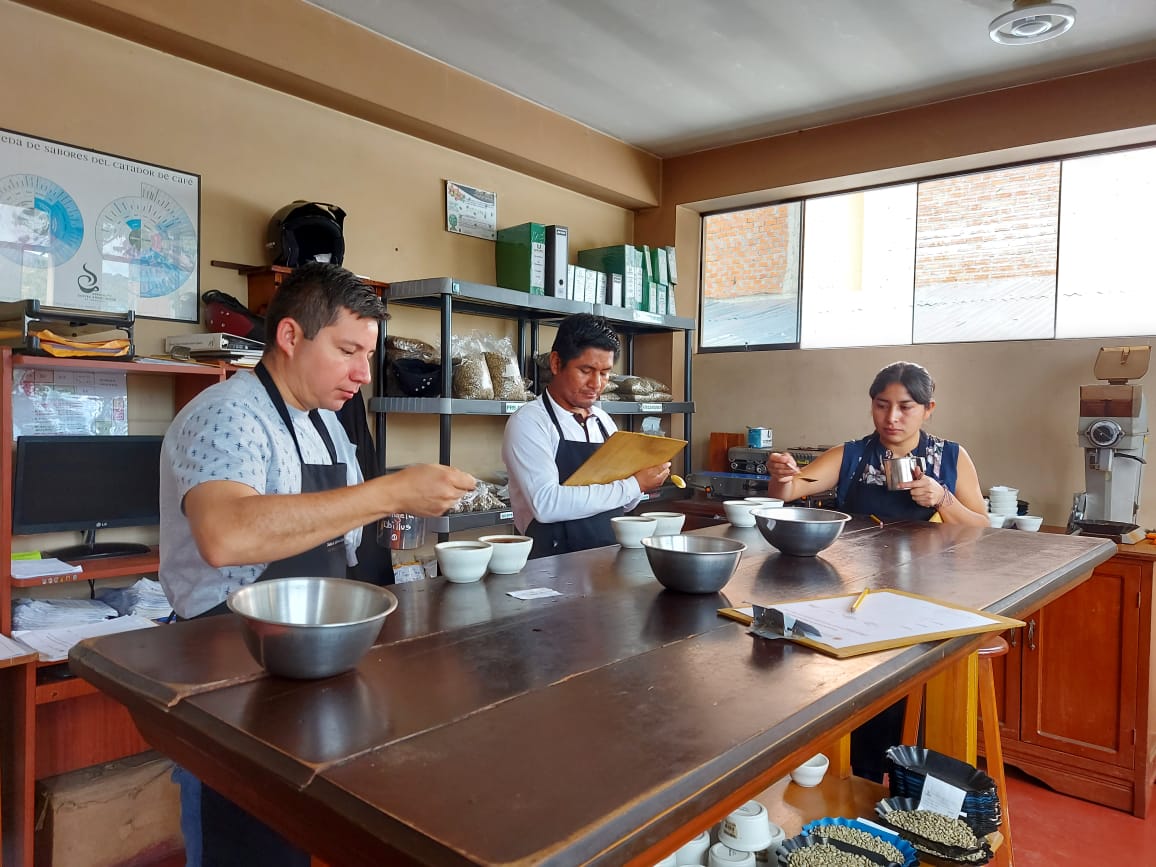
This can be particularly helpful for someone just starting out in coffee who would likely need to be gradually familiarized with how coffee could generally taste sweet or bright before moving onto specific flavor notes. This video by James Hoffman is an excellent example.
Consider setting up a cupping with coffees ranging in their level of acidity - say a heavily roasted Brazilian coffee on one end leading up to lightly roasted Kenyan coffee on the other - to walk trainees through how to taste for acid in coffee. The same approach can be used when you want to work on the other components of flavor - and beyond! You can set up cuppings focusing on roast levels, extraction levels, processing methods, etc. Cuppings are an extremely valuable and versatile tool as a coffee educator. Get creative and get cupping!
Roasters
While most coffee people will likely cup coffees in a more barista-like mindset, it’s still important to understand what roasters look for when they cup their production roasts.
Not surprisingly, roasters are mainly focused on the quality of their roast and not necessarily the particular flavor notes that might be present in the coffee. To be sure, a roaster might pick up on, for example, a stonefruit note in their initial sample roasts that they want to bring out in their production roasts - but how do you roast for “stone fruit”?
.png?width=1920&name=Navy%20%26%20White%20Abstract%20Background%20Profile%20Photo%20Instagram%20Post%20(1920%20x%201080%20px).png)
This is oversimplifying a very complex topic, but in general, roasters try to taste for the quality of their roast development when cupping coffees, and it’s a skill that anyone can learn should they be lucky enough to cup alongside roasters. Underdeveloped roasts often taste vegetal and “green” and usually lack sweetness since not enough caramelization has taken place. On the other end of the spectrum, overdeveloped roasts taste flat, lackluster and in the worst case, burnt and ashy. Roasters have to find that sweet spot somewhere in between these two extremes where a coffee’s true flavor potential can be unlocked - and that’s what they’re tasting for when cupping production roasts.
There’s so much to learn from all the parts of the coffee industry. Our advice? Throw a big cupping party - seriously. Make sure to get a whole assortment of coffee people involved to get as many different perspectives as you can. And if you can’t get everyone together in one spot, no big deal. Just use Tastify’s remote cupping feature and everyone can cup in their PJ’s from their own home. Learn more about that feature here!
This article is written by Andrew Ho and reviewed by Ivan Hartanto
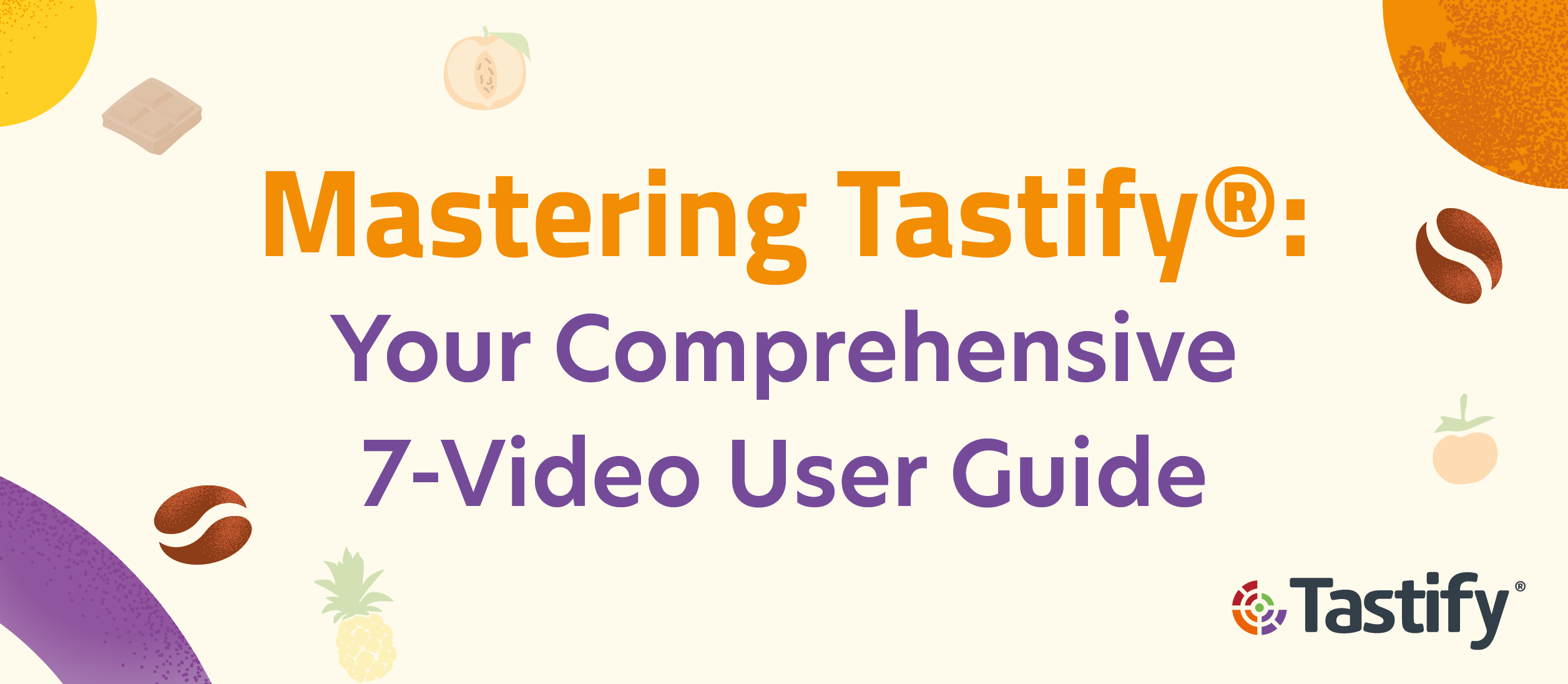



.png?width=1920&name=Navy%20%26%20White%20Abstract%20Background%20Profile%20Photo%20Instagram%20Post%20(1920%20x%201080%20px).png)
.png)
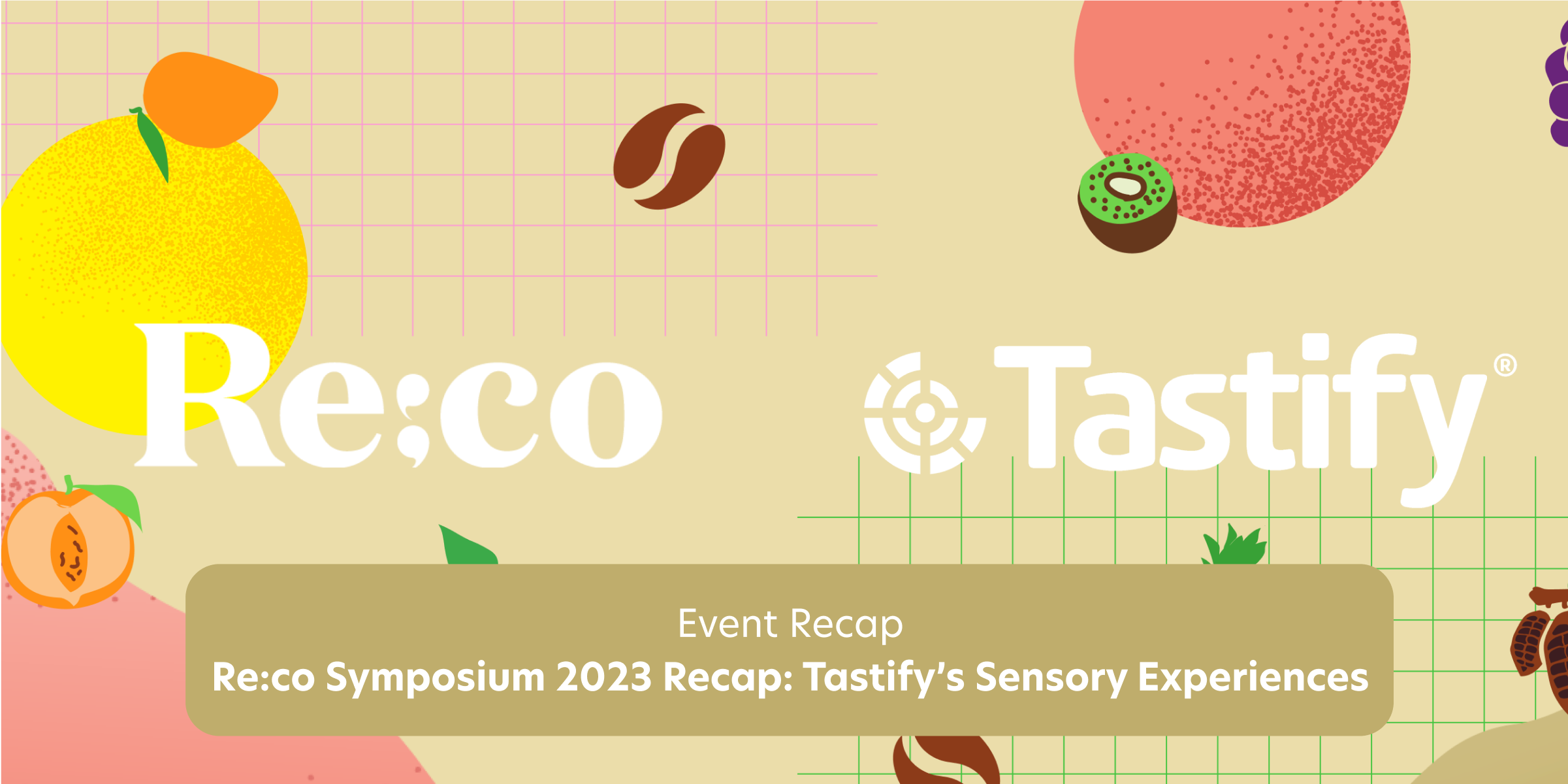
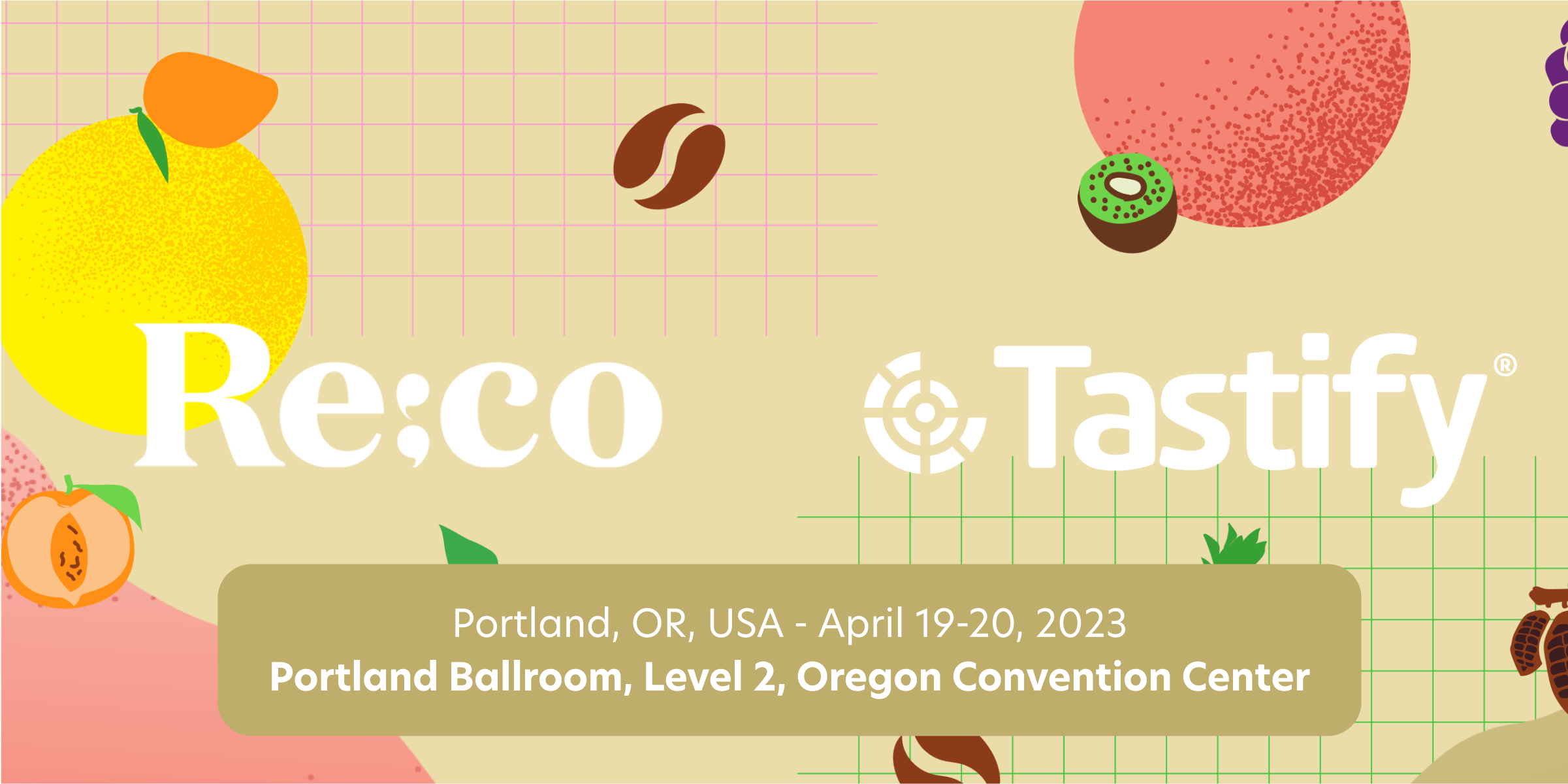

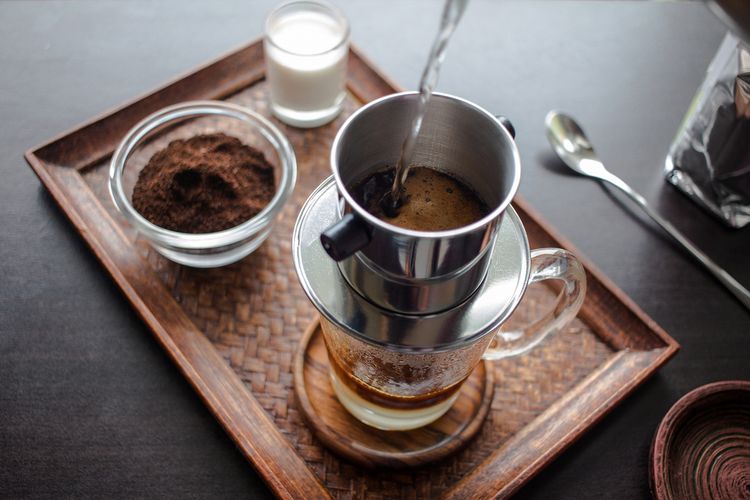

Comments